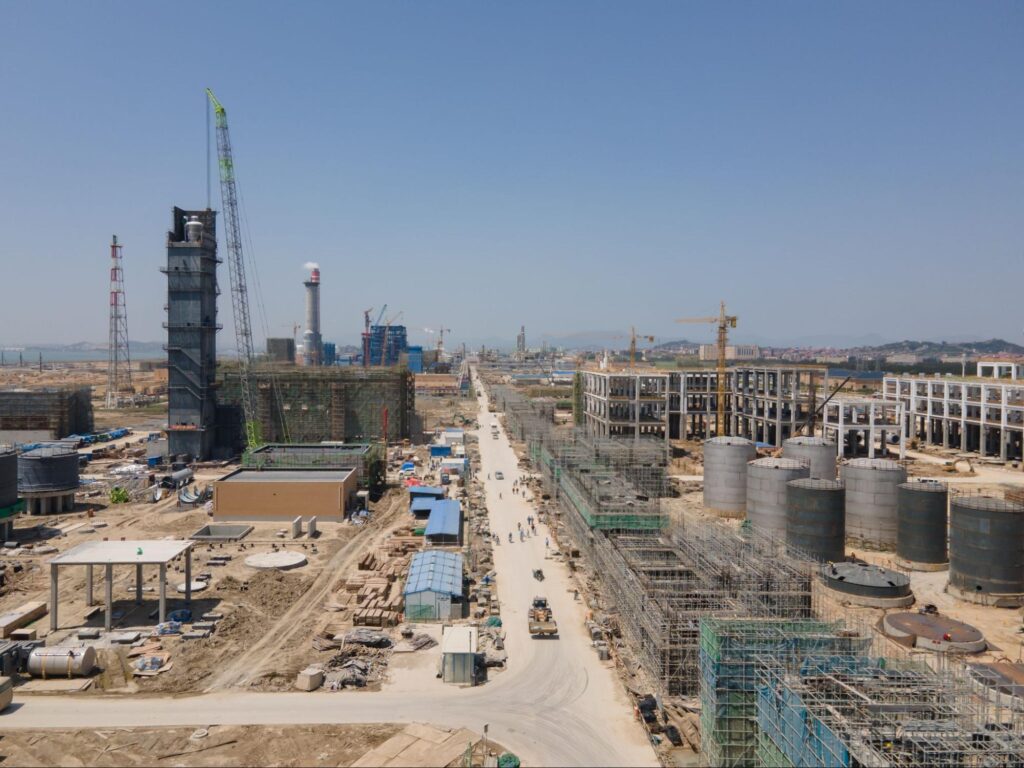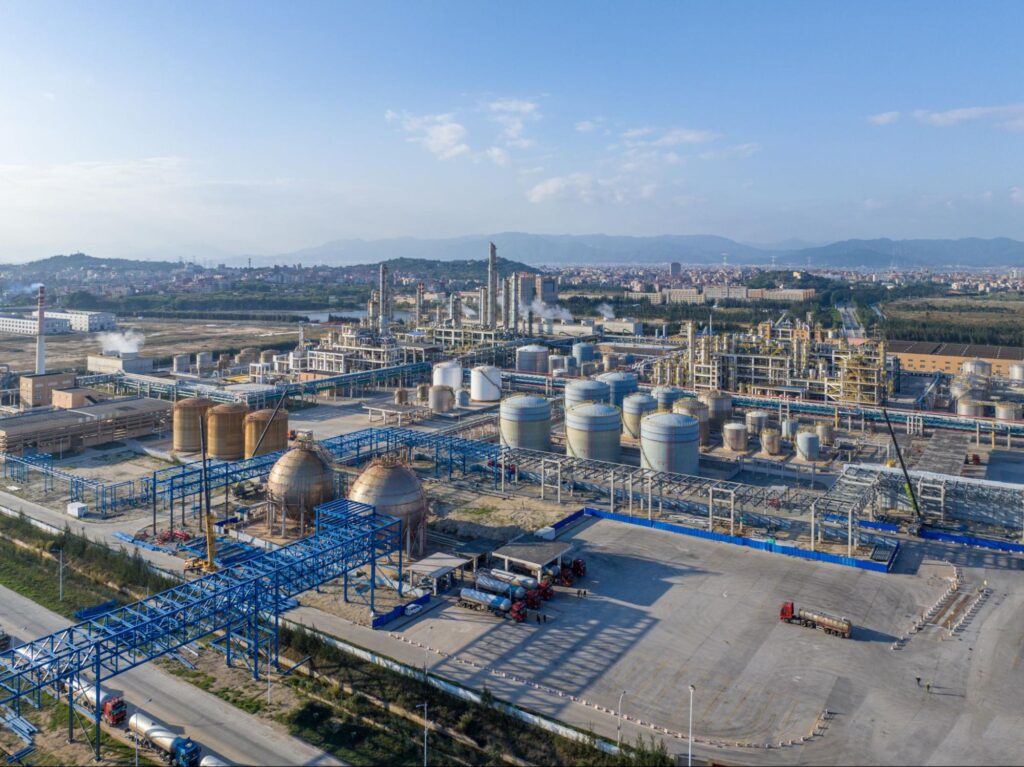The Building Blocks of Constructability
By Kevin McKee, Construction Manager
Saving time and money for clients is of the utmost importance, and the key to doing so lies in how you approach project management. As construction manager at Jōb, I can’t overemphasize the value of constructability.
When it comes to industrial construction, refinery and brownfield projects, the complexity of communication required to successfully execute these kinds of scopes is particularly challenging due to a lack of space. Not only are you defined and limited by space, but environmental restrictions are in play and compliance is a significant factor. Components within a refinery construction project include operations, process safety management, and contractors, and combining these variables into one constructible project can be a big undertaking. This is where constructability comes into play.

What is Constructability and Why is it Important?
Constructability is the collaboration between engineering and construction during a project’s front-end loading (FEL) phases. By implementing constructability within a project as early as possible, Jōb identifies opportunities to avoid costly downtime prior to the construction process. Effective communication between our engineering and construction teams helps snuff out potential concerns before heading into the field. Any change order or design modification costs our clients time and money, so we want to recognize and prevent those kinds of roadblocks from happening at the start. The practice of constructability is also essential to ensuring workers’ safety and minimal risk throughout the project’s life cycle. Potential safety hazards are identified during this stage, and all regulatory requirements are taken into account.
Contractor Selection in Constructability
Inappropriate contractor selection can result in change orders and RFIs galore. Engaging with contractors during the design process and allowing them to provide feedback on drawings early on is essential to achieving constructability. The project’s budget and schedule will suffer if you fail to loop contractors in from the start. Managing cost concerns, carefully selecting equipment and viewing the project through the lens of field execution are key. Obtaining the methodology early in the engineering process can provide the opportunity to solve issues that would have caused problems down the line. This integration lends itself to better estimating, which should involve the input of the construction arm.

Project Estimating and Constructability
Bringing your contractors on early allows the scope’s estimate to be vetted throughout the entirety of your project’s life cycle. The client, who knows their facility better than anyone, can also provide input as you progress. All parties communicating and collaborating early on results in strong estimates… do we see a recurring theme here?
How Does Jōb Achieve Constructability?
The unmatched skillset and tenure of Jōb team members create the foundation of our success in practicing constructability. We also pride ourselves on stellar communication with clients, being large enough to contribute to high-scale projects but small enough to create intimate partnerships with our clients.
We also use Jōb Engineering Management System (JEMS), our proprietary data platform, to internally facilitate data exchange amongst various engineering disciplines. We’re able to maintain, link and report critical project data across teams with ease while eliminating duplicative data entry. It’s the system behind our project management success and top-tier communication between team members.
Want to know how Jōb’s constructability and communication skills can benefit your project?
Reach out today to get started.
